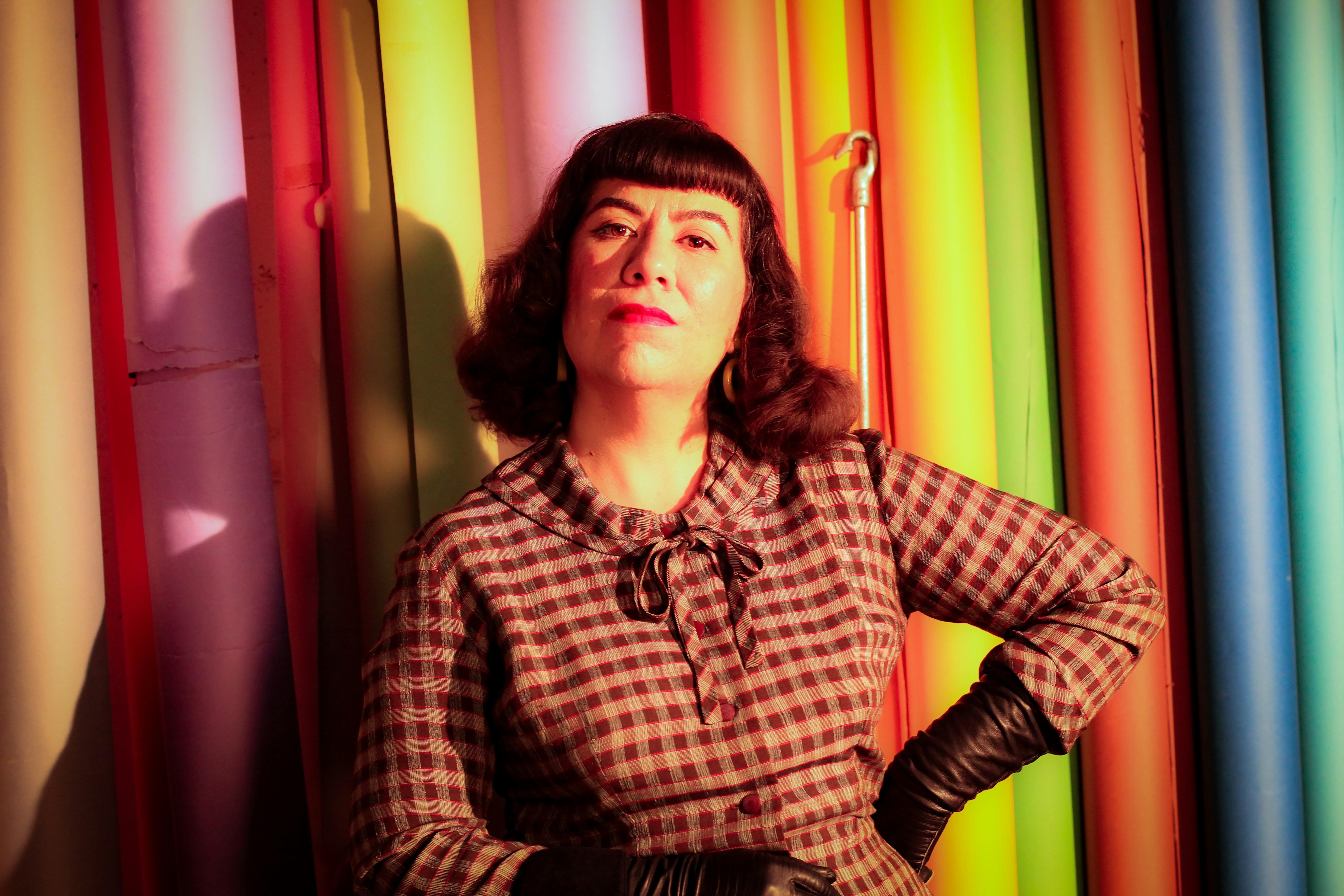Ava DuVernay, a trailblazer in contemporary cinema, has consistently redefined the boundaries between art and activism through her work. With a keen eye for storytelling and a profound commitment to social justice, DuVernay has emerged as a powerful voice in the film industry, using her platform to shed light on pressing societal issues. Her films are not mere narratives but serve as catalysts for conversation and change, seamlessly intertwining compelling storytelling with poignant messages. This article delves into the intricate ways in which DuVernay incorporates activism into her filmmaking, exploring the techniques and themes she employs to engage audiences and provoke thought. By analyzing her filmography, we uncover how DuVernay’s unique approach not only entertains but also educates and inspires, challenging viewers to reflect on the world around them.
Ava DuVernays Integration of Social Justice Themes in Cinematic Narratives
Ava DuVernay is renowned for her ability to weave social justice themes seamlessly into her cinematic narratives, creating works that are not only visually captivating but also profoundly thought-provoking. Through her films and television projects, DuVernay challenges audiences to confront issues such as racial inequality, systemic injustice, and historical erasure. Her storytelling approach often involves a meticulous blend of factual accuracy and emotional depth, compelling viewers to reflect on the realities of the world around them. By doing so, she transforms her art into a platform for activism, using her voice to amplify marginalized communities and their stories.
- Historical Context: In projects like Selma, DuVernay provides a vivid recounting of pivotal moments in civil rights history, offering a lens into the struggles and triumphs of those who fought for equality.
- Contemporary Issues: Through series such as When They See Us, she tackles modern-day issues of race and justice, drawing parallels between past and present injustices.
- Empowerment and Representation: DuVernay is committed to diversifying the narratives portrayed in Hollywood, ensuring that stories of people of color are told authentically and with dignity.
Her work serves as a bridge between art and activism, reminding us that storytelling is a powerful tool for change. By prioritizing authenticity and representation, Ava DuVernay not only entertains but educates and inspires her audience to engage with the world more thoughtfully.

Exploring the Impact of DuVernays Storytelling on Public Awareness and Advocacy
Ava DuVernay’s storytelling is a potent blend of cinematic artistry and social activism, creating a unique narrative that not only entertains but also educates and inspires. Her films and documentaries often delve into complex social issues, such as racial inequality, mass incarceration, and historical injustices, prompting viewers to confront uncomfortable truths and fostering a sense of empathy and understanding. By focusing on the human stories behind these issues, DuVernay crafts a compelling call to action, encouraging audiences to become more informed and engaged citizens.
DuVernay’s impact on public awareness and advocacy can be seen through her strategic use of various storytelling techniques:
- Personal Narratives: She often uses individual stories to highlight broader societal issues, making the abstract more tangible and relatable.
- Historical Context: Her works frequently incorporate historical elements, providing a deeper understanding of current social dynamics.
- Visual Storytelling: Employing powerful imagery and cinematography, she draws viewers into the emotional core of her subjects.
- Collaborative Platforms: DuVernay actively collaborates with advocacy groups and uses her platform to amplify marginalized voices.
Through these techniques, DuVernay not only raises awareness but also inspires action, demonstrating the profound potential of film as a medium for social change.

Techniques Used by DuVernay to Foster Inclusivity and Representation in Film
Ava DuVernay employs a range of innovative techniques to ensure her films are both inclusive and representative of diverse perspectives. One of her key strategies is the intentional casting of actors from underrepresented groups, allowing for authentic portrayals that resonate with audiences. This approach is not merely about filling quotas but about enriching the narrative with genuine voices and experiences. Moreover, DuVernay often collaborates with a diverse crew behind the camera, ensuring that multiple viewpoints contribute to the storytelling process. This holistic inclusion fosters a more nuanced and relatable depiction of stories that might otherwise be marginalized.
- Storytelling Focus: DuVernay prioritizes stories that highlight systemic issues and the lived experiences of marginalized communities. By doing so, she challenges conventional narratives and provides a platform for unheard voices.
- Community Engagement: Engaging with communities depicted in her films is crucial for DuVernay. She often involves them in the filmmaking process, ensuring authenticity and respect in her portrayal of their stories.
- Industry Advocacy: Beyond her films, DuVernay actively advocates for inclusivity in the film industry. She founded initiatives like ARRAY, which aims to amplify diverse voices and create opportunities for filmmakers of color.
Through these deliberate efforts, Ava DuVernay not only creates compelling films but also contributes to a broader movement towards inclusivity and representation in the film industry.

Recommendations for Filmmakers Seeking to Incorporate Activism into Their Work
Incorporating activism into filmmaking requires a delicate balance of storytelling, education, and inspiration. Here are some recommendations for filmmakers looking to integrate these elements into their work:
- Research Thoroughly: Understanding the issues you’re addressing is crucial. Dive deep into the historical, social, and political contexts to ensure your narrative is informed and authentic.
- Engage with Communities: Collaborate with activists, scholars, and affected communities. Their insights and experiences can provide valuable perspectives that enhance the depth and credibility of your film.
- Focus on Storytelling: While the message is important, the story should remain compelling and engaging. Utilize character-driven narratives to humanize the issues and create an emotional connection with the audience.
- Use Visual and Emotional Impact: Leverage the power of visual storytelling to create impactful scenes that resonate with viewers and prompt reflection and discussion.
- Encourage Action: Conclude your film with a call to action, providing audiences with tangible steps they can take to support the cause, thereby transforming awareness into activism.
Final Thoughts
Ava DuVernay’s approach to filmmaking serves as a compelling case study in the seamless integration of activism and art. Through her commitment to telling stories that amplify marginalized voices and challenge societal norms, DuVernay has carved out a unique space in the film industry that goes beyond entertainment to provoke thought and inspire change. Her work exemplifies how film can be a powerful medium for activism, offering new perspectives and fostering dialogue on critical social issues. As the landscape of cinema continues to evolve, DuVernay’s contributions highlight the potential of filmmakers to not only reflect the world around them but also to shape it, urging both audiences and creators to consider the broader impact of the stories they engage with. In doing so, DuVernay not only advances the art of filmmaking but also reinforces its role as a vital tool for social progress.
